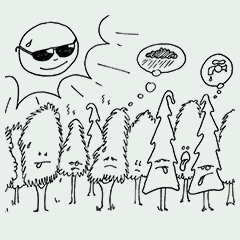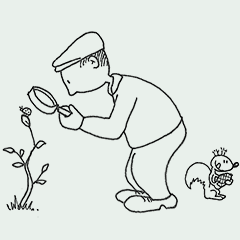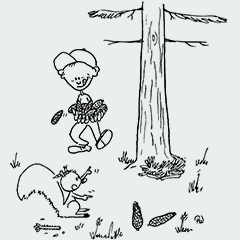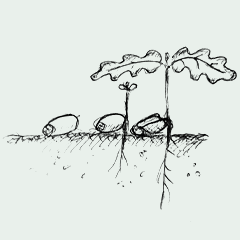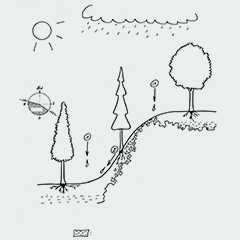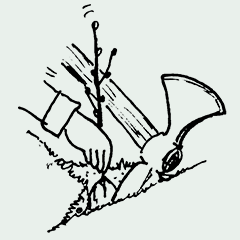Why Trees for Future ?
The objective of the Trees For Future project is to test various tree provenances and species in a forest setting across a network of experimental planting sites spread across the country.
The aim is to assess these species, based on a range of criteria:
- their adjustment to the climate now and in the future
- their ability to resist pests (insects) and pathogens (diseases, fungi)
- the productivity and quality of the wood for timber production
- their effect on biodiversity (ability to host flora and fauna and the risk of invasion)
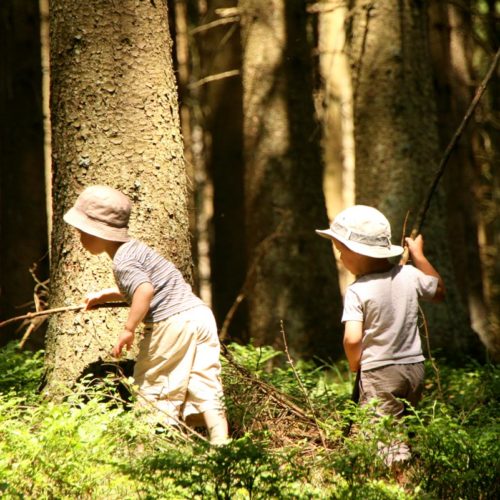
How does it work?
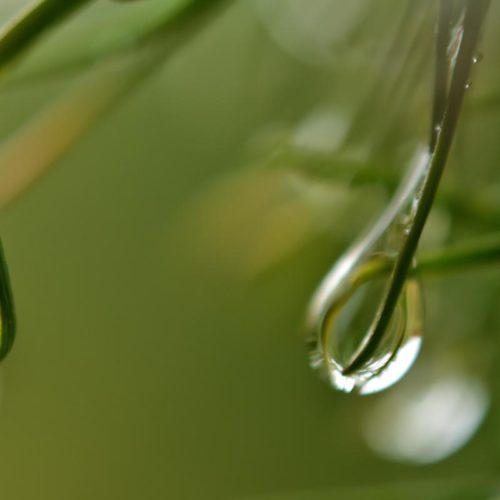
The network of planting plots
In order to carry out these assessments, each species tested is planted in different ecological contexts (i.e. different types of soil and climate) across the country. The experimental plots involve 400 trees planted on an area of 20 ares (0.5 of an acre), enabling the population of trees to be monitored throughout its life and for traditional forestry operations to be carried out and tested there among the trees planted (size, pruning, thinning, etc.). Our team of volunteers regularly record growth measurements and health observations at these plantings to be fed into a database. We then analyse this database, but also make the results available to scientists and forestry managers. Different kinds of information are gained from this monitoring (resistance to late frosts, straightness of the truck, sensitivity to insects, etc.) and the data will be extracted gradually as the trees grow. Over time, this information will make it possible to determine which species are the most promising, based on the ecological context (soil, climate) for the sustainability of our forests.
The network of planting plots is also available to scientists who request it (for example as part of the study of a disease specific to a species tested).
Over time, all of these experimental plots will make up a network of demonstration sites of the forestry methods to be applied to these new species.
What are we doing while awaiting the results?
The owners of tracts of forest and woodland are asking questions about the renewal of their tree populations. Unfortunately, we do not yet have sufficient information to be able to advise them on new species – although this is not a reason to continue with current management methods without calling them into question.
We are also encouraging owners to diversify their planting and to use species that are currently considered as secondary (robinia, lime, pine, etc.), as well as to diversity the provenances and in particular to introduce species that originate further to the South in small quantities, mixed with other more traditional types (assisted migration) and to enrich their plantings and regeneration efforts with species that present few risks (e.g. pubescent oak in the regeneration of the sessile oak).
